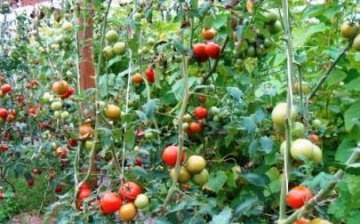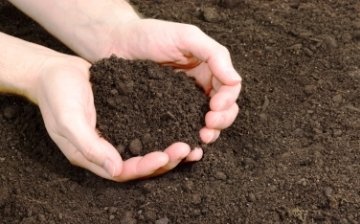The best soil for tomatoes
It is not worth saying that its strength, growth, and other necessary qualities depend on the quality of the soil intended for growing a particular type of plant. But for every amateur gardener or gardener, the question of how to prepare the best soil for growing is always open. For example, the soil for tomatoes will be different from the soil for growing cabbage, for example.
What is the difference?
First, tomatoes love phosphorus. No, not so that the gardener could find them on a dark summer night. Phosphorus is extremely important for fruit formation in tomatoes. It is the lack of this "glowing" mineral that causes the color change in tomatoes, they become faded, one might even say cyanotic. One can, of course, appeal to the fact that tomatoes take much less phosphorus from the soil than other minerals. But it is precisely the lack of phosphorus that will make the future harvest inferior. Also, for growing tomatoes, the soil must contain sufficient potassium and nitrogen. Potash, nitrogenous and phosphate fertilizers, applied in sufficient quantities to the soil, are the key to successful cultivation and a rich harvest of tomatoes.
In addition to the mineral composition, tomatoes love light, loose, well-moisturized soil. They grow well in places that have a low level of groundwater. If the soil retains moisture, the earth is waterlogged, the water stagnates, then it is not recommended to plant tomatoes in such a place.
In terms of acidity, the soil for growing these vegetables should be slightly acidic - pH 6-6.5. If the soil is more acidic, then liming is necessary before planting tomatoes. Tomatoes also love warmth, everyone knows that, so if the weather conditions are not too favorable, tomatoes are grown in greenhouses.
Good luck!







My tomatoes grow well after legumes and melons. A good harvest is obtained if you plant them after onions or cucumbers, but after potatoes and corn, I try not to plant them, even fertilizers do not guarantee a good result.